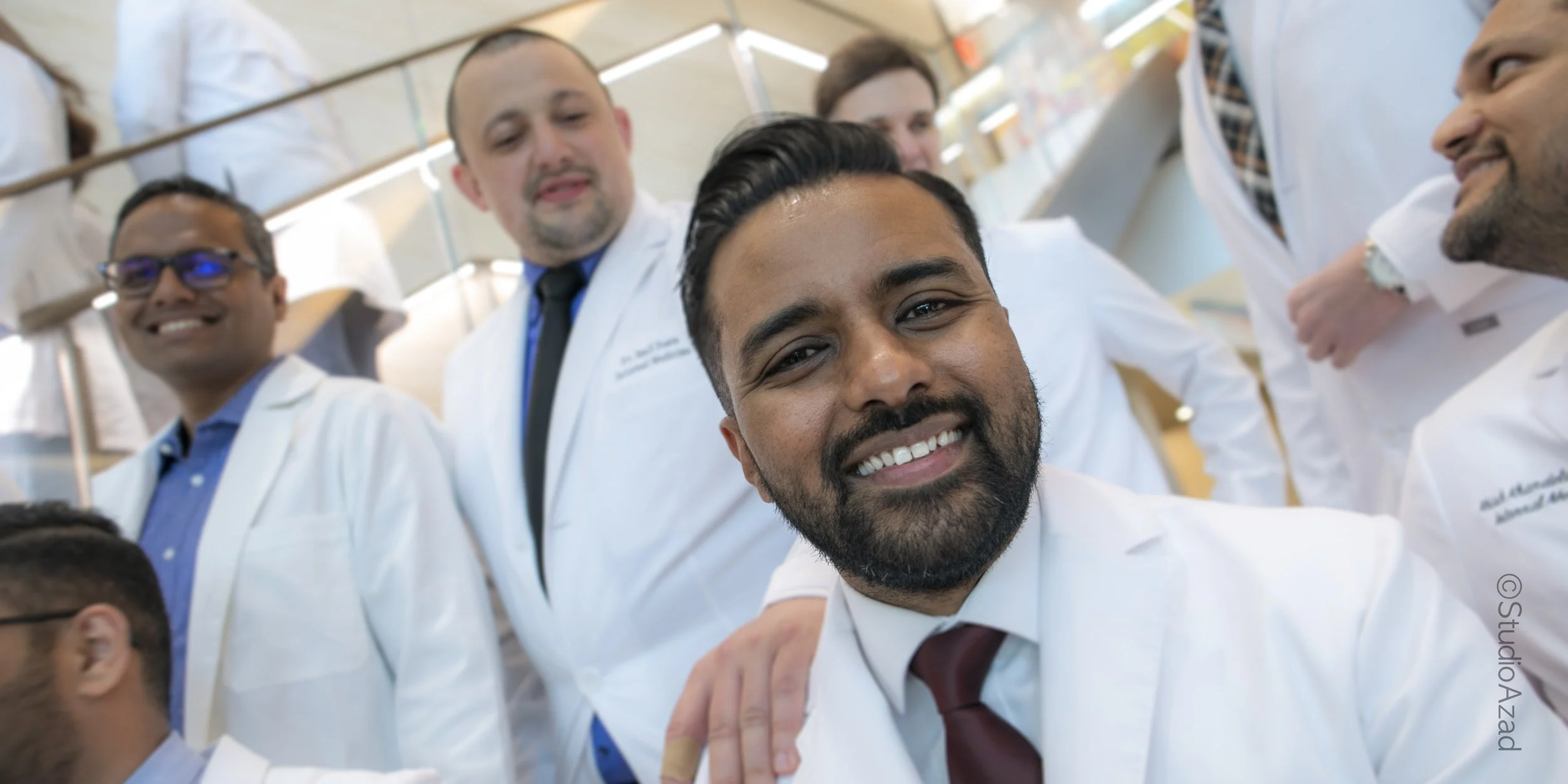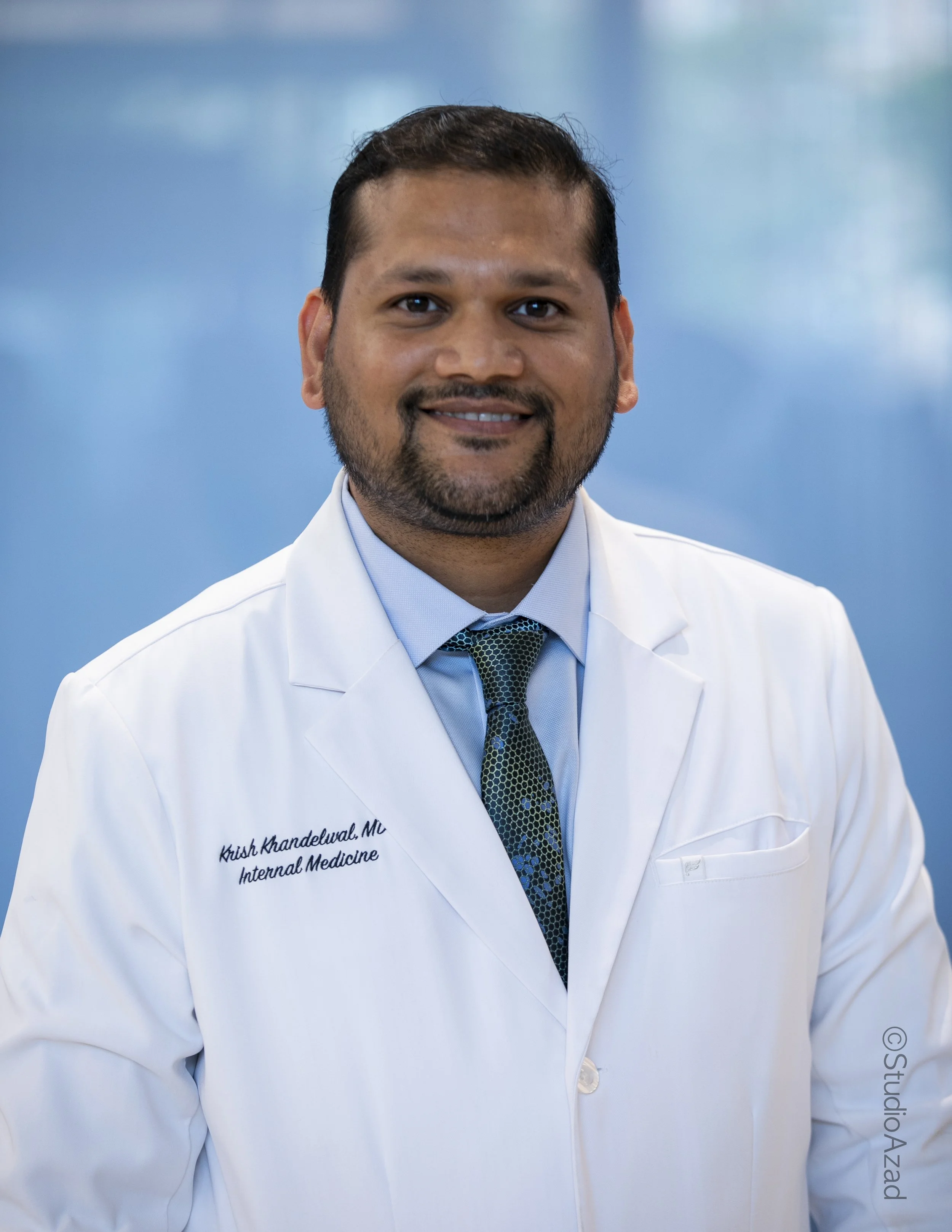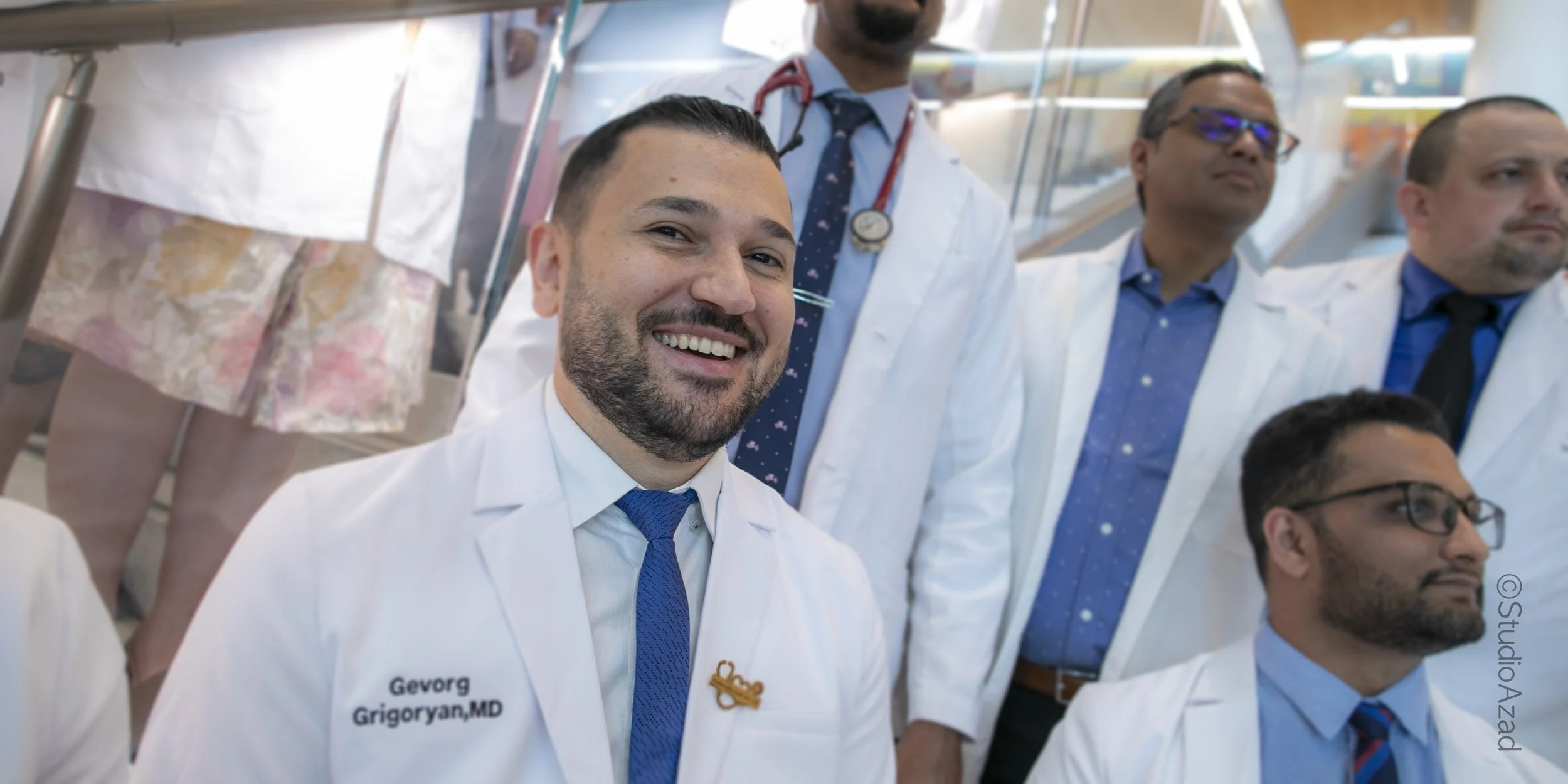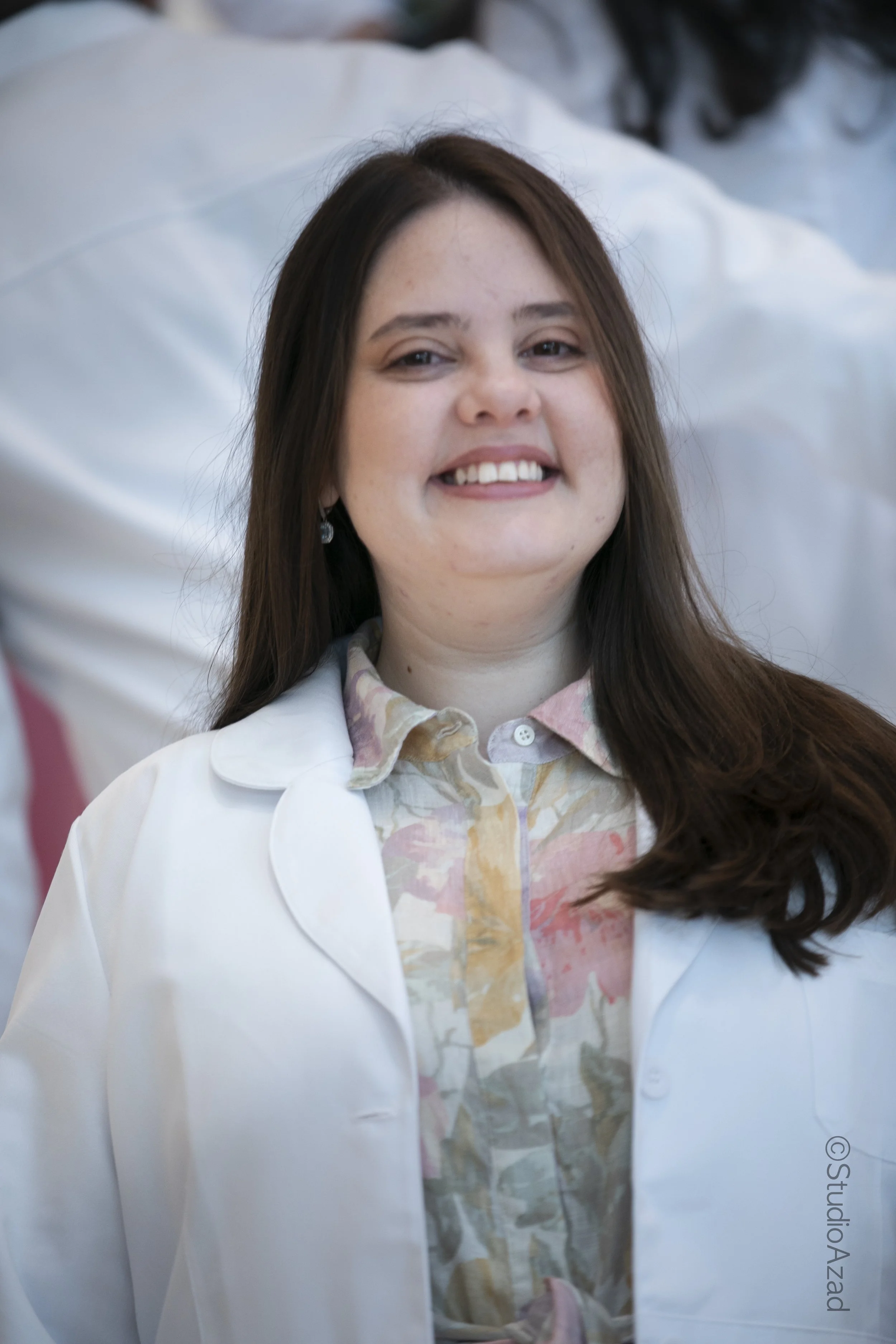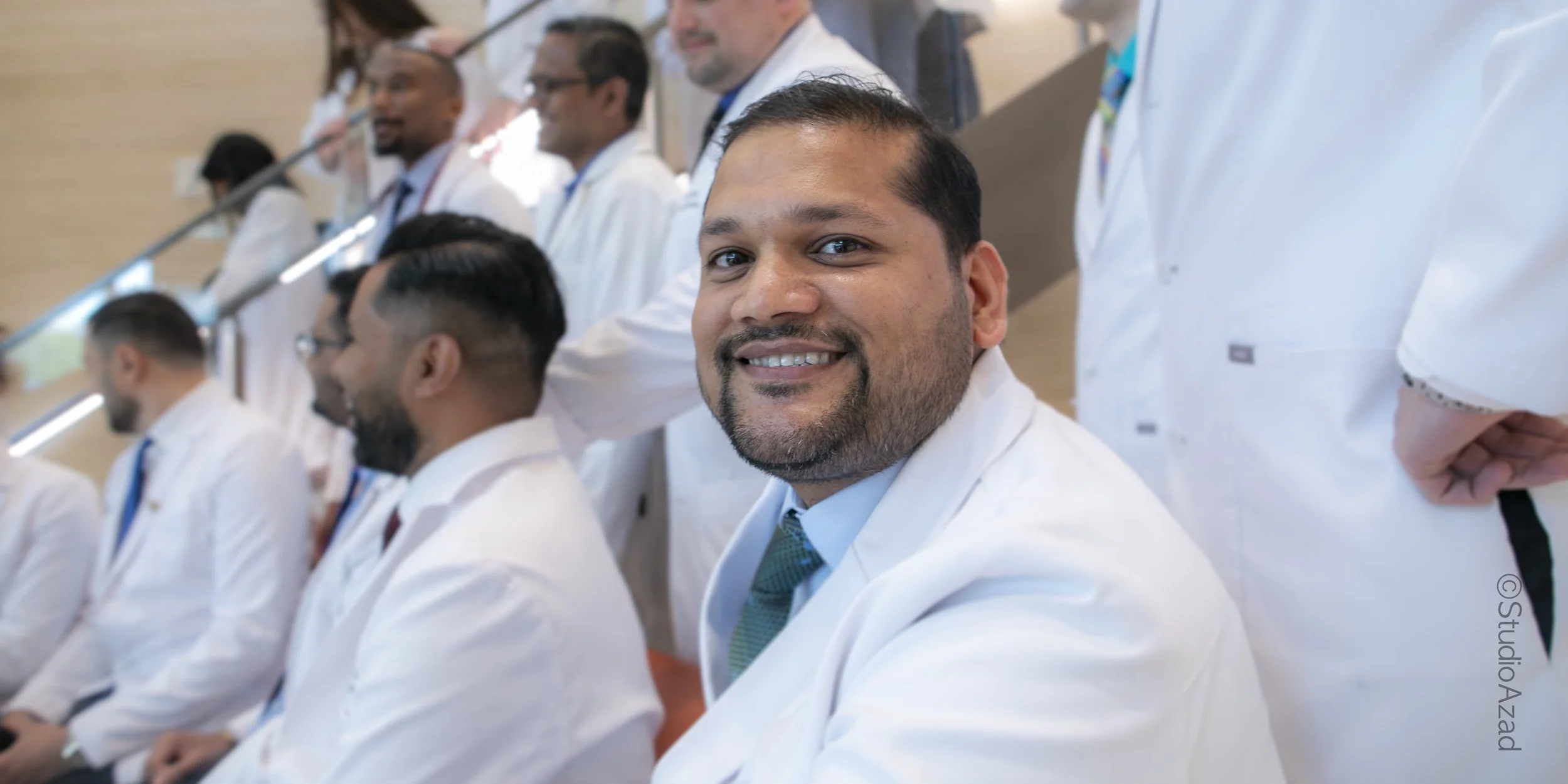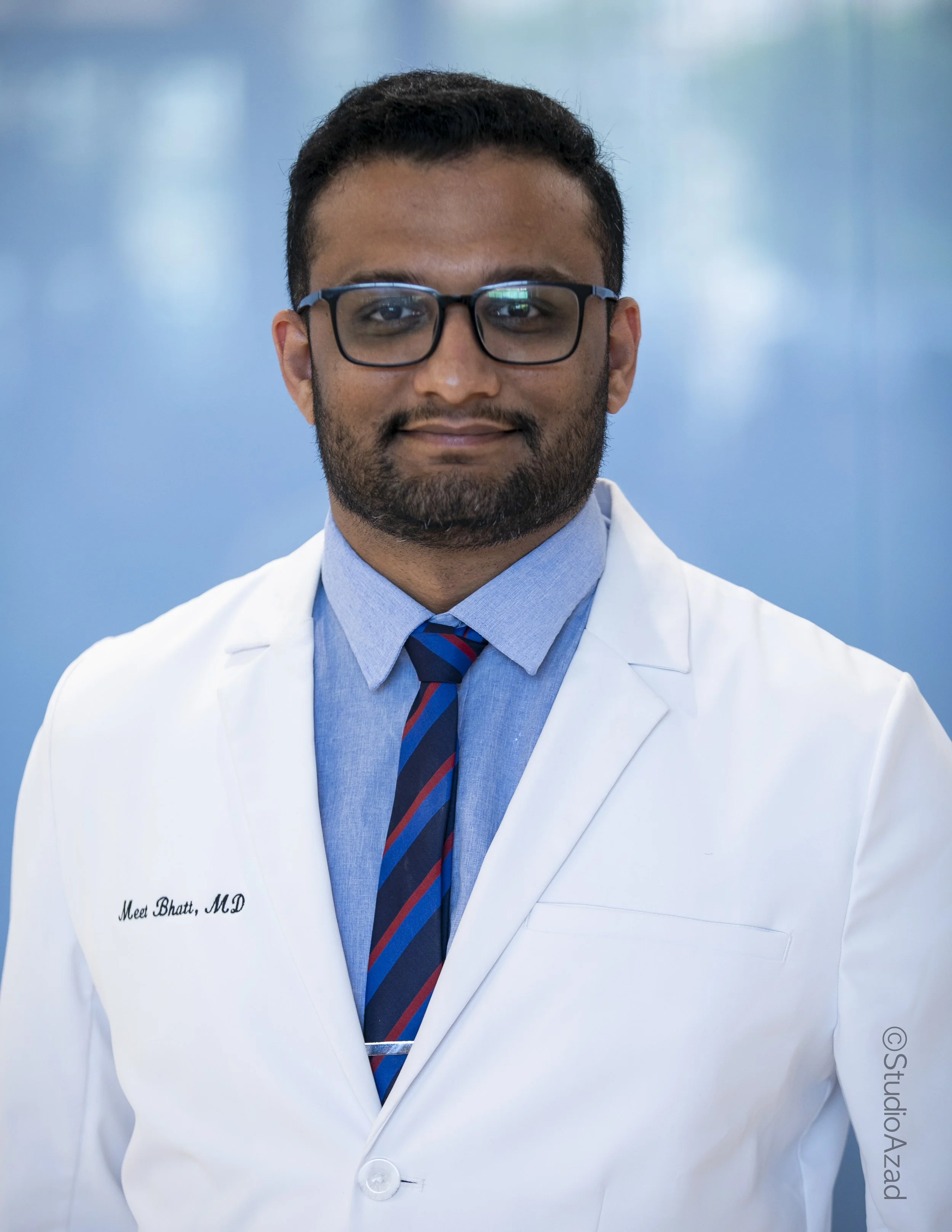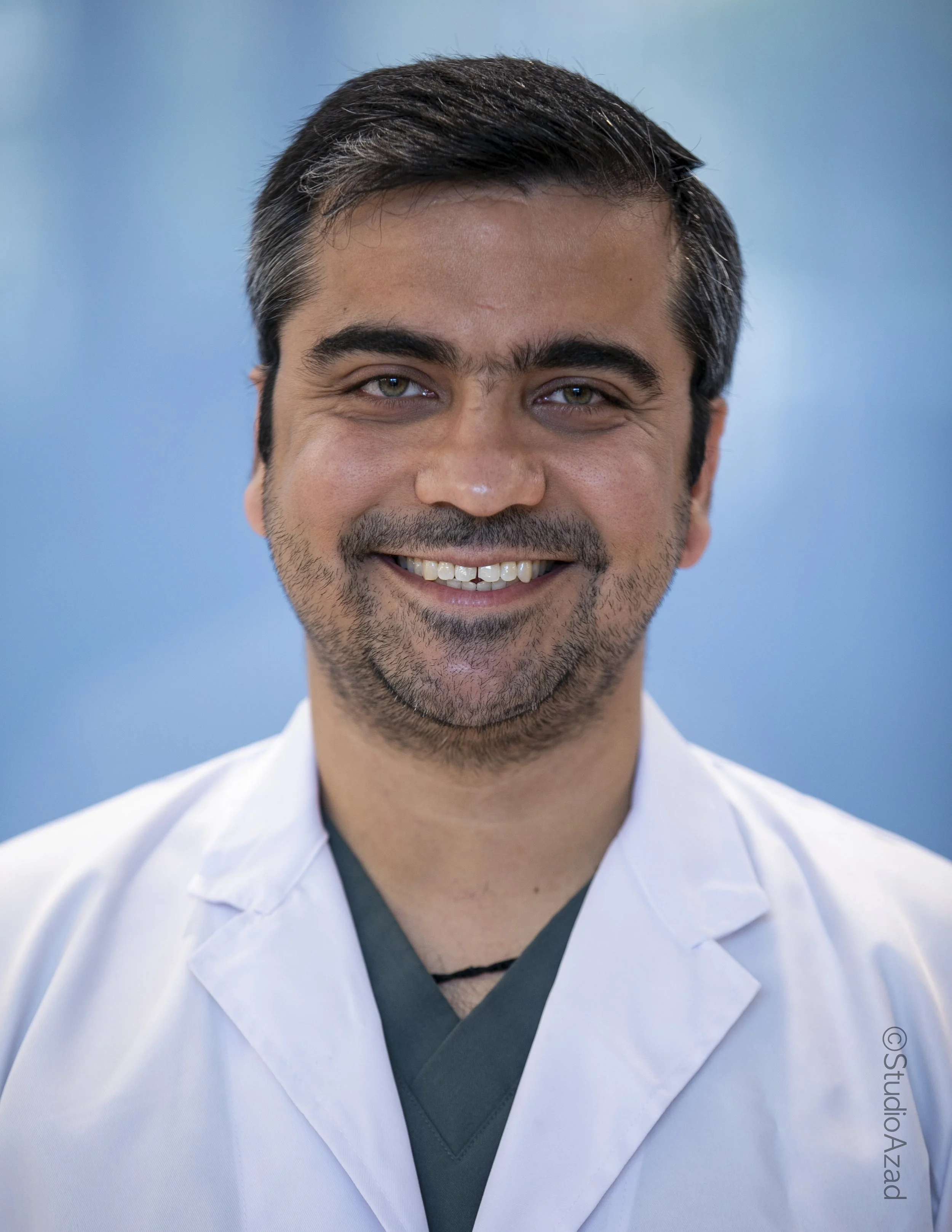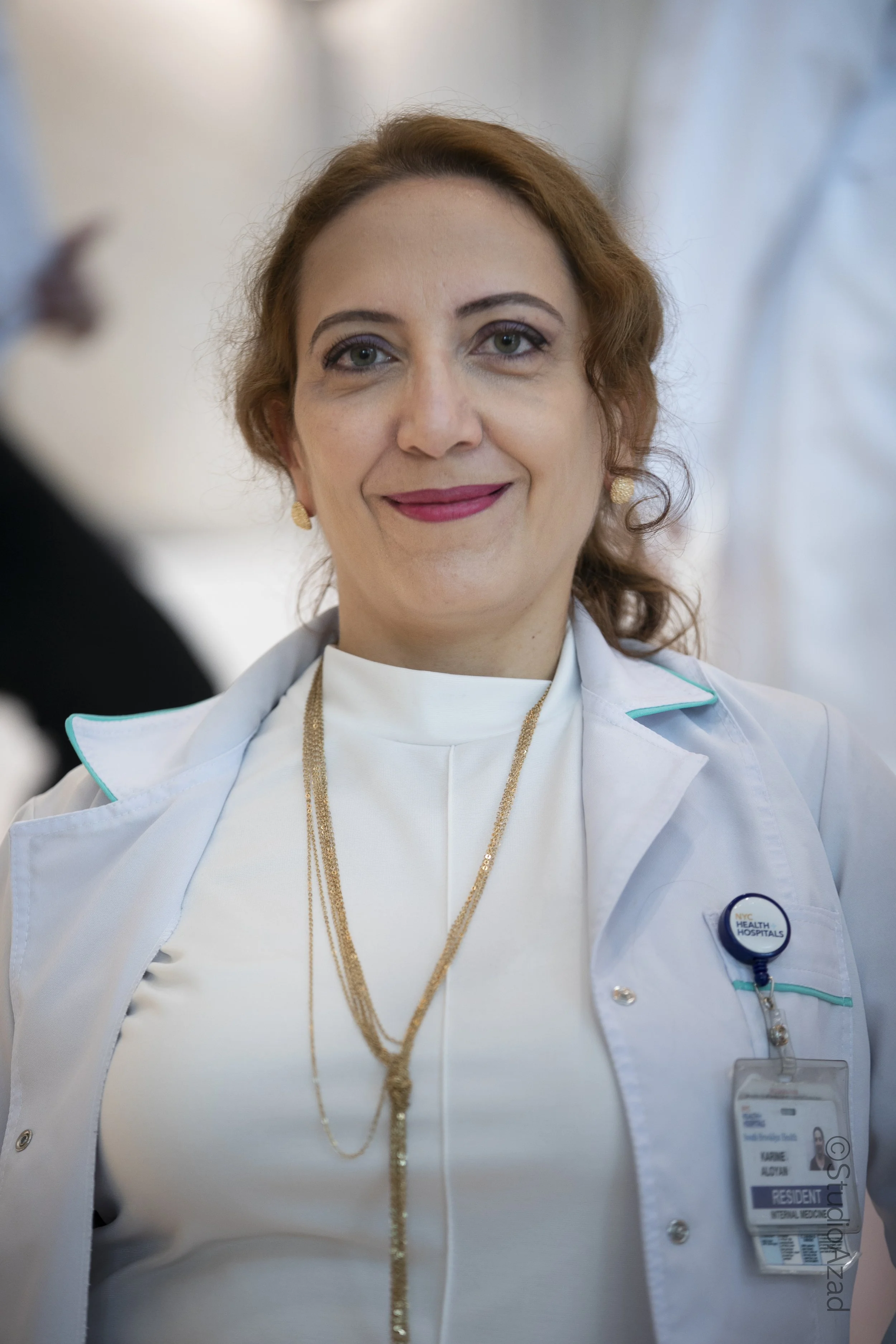
South Brooklyn Hospital Resident Graduation 2025
The graduating batch of 2025 at South Brooklyn Hospital in Coney Island, Brooklyn, is a diverse group of resident doctors who have spent the past three years honing their skills and supporting one another through the demanding residency program. Representing a wide array of backgrounds and specialties, these residents have worked closely together in a rigorous clinical environment, developing both their medical expertise and strong professional bonds.
As they complete their time at South Brooklyn Hospital, each member prepares to embark on their individual journey across the United States, pursuing careers in various medical fields. Their time in this vibrant and challenging community hospital has equipped them with the experience and resilience needed to meet the demands of healthcare today.
This cohort’s commitment to patient care, teamwork, and continuous learning exemplifies the values at the heart of South Brooklyn Hospital’s residency program. Their diverse perspectives and unwavering dedication will contribute significantly to the field of medicines as they move forward.
The number of international medical graduates (IMGs) entering U.S. residency programs has steadily increased over the years, reflecting the growing globalization of medical education and healthcare delivery.
International medical graduates, physicians from South Asia — including countries like India, Pakistan, Bangladesh, Nepal, and Sri Lanka — represent a significant and influential subgroup. South Asian doctors have contributed immensely to the U.S. medical landscape and around the world through their high presence in various specialties such as internal medicine, radiology, cardiology, and surgery.
The South Asian community’s contribution extends beyond sheer numbers:
They have brought diverse clinical perspectives and cultural competence, contributing to improved patient outcomes and tailored healthcare delivery.
Many South Asian physicians have taken on leadership roles in academic medicine, research, hospital administration, and policymaking.
Their community-driven approach has encouraged mentorship, advocacy for underrepresented minorities, and increased access to care for marginalized populations.
The inclusion and increasing presence of people of color (POCs) in medicine have substantially expanded the field by fostering diversity in thought, practice, and innovation. POCs enhance medical education by introducing varied cultural and socioeconomic perspectives that enrich clinical teaching and research. This diversity helps reduce health disparities and leads to culturally sensitive care practices that better serve the U.S.’s diverse patient population.
The presence of POCs, especially from South Asia, has:
Broadened the research agenda to include diseases disproportionately affecting minority communities.
Led to the development of novel medical technologies and treatment approaches influenced by diverse global experiences.
Improved patient-physician communication and trust in communities historically underserved by the healthcare system.
In summary, the steady increase in IMGs, particularly from South Asia, has been vital to the sustainability and advancement of the U.S. healthcare system. Their presence enriches the medical field, promotes health equity, and drives innovation essential for addressing current and future healthcare challenges globally.
South Brooklyn Hospital Resident Graduation 2025
Brooklyn, NY.
